












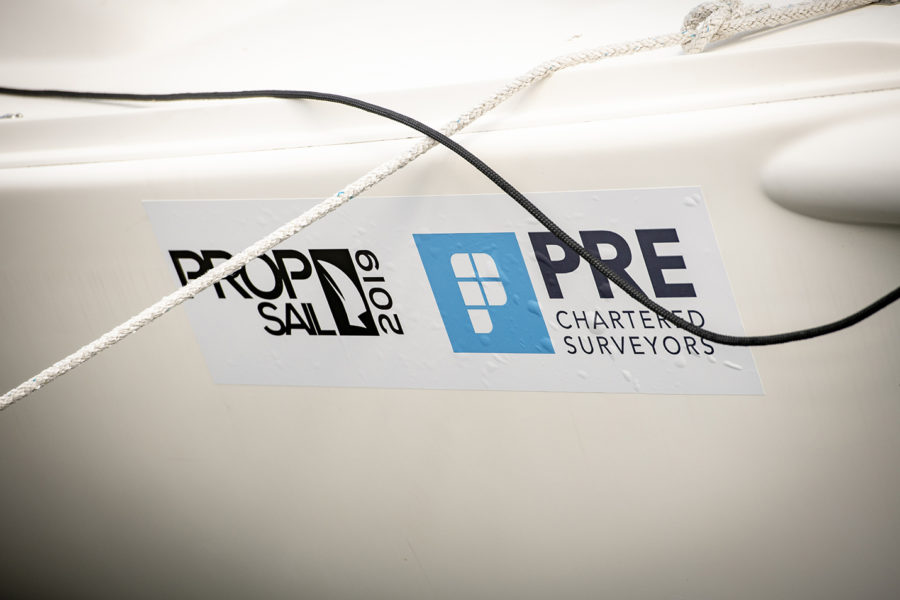





PRE are proud to celebrate #PRIDE19
This year, Pride month is looking bigger and bolder than ever before. 2019 marks 50 years since the Stonewall riots, which was a catalyst for the Gay Liberation movement, and the following decades saw an increase in acceptance and legal rights for the LGBT community. In 2018, London Pride attracted one million partygoers, so let’s make this Jubilee year really one to celebrate. Get involved in this years Pride month…….

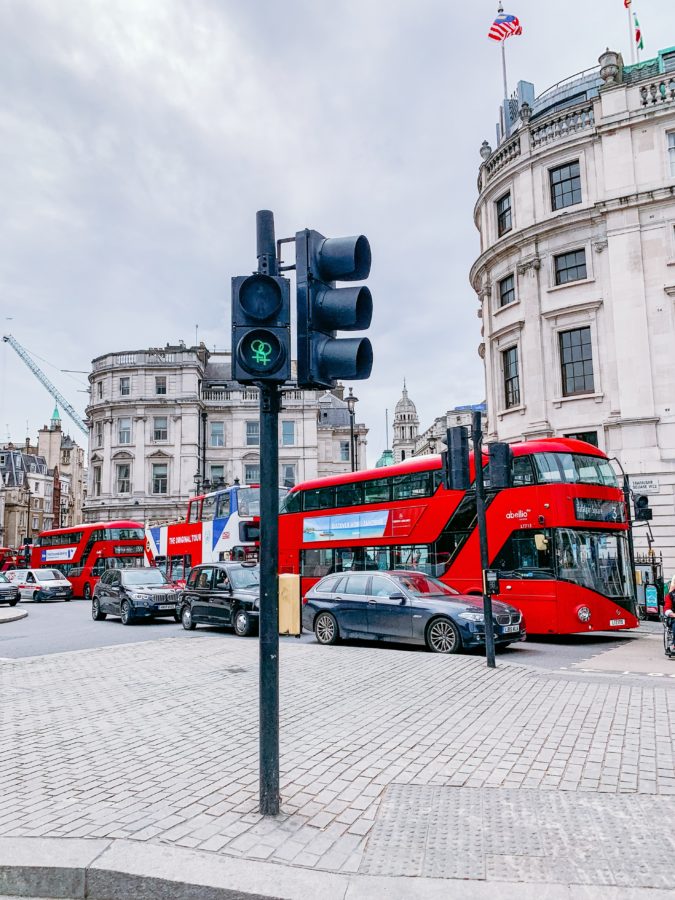



Guidance for the management and administration of service charges in commercial property was first published in 1996. This is the 6th iteration of what has become known as the Service Charge Code. In the 23 years since its inception, the Code is generally considered to have had a positive impact on the commercial property sector and has facilitated major improvements in standards of delivery and accountability for service charges.
Aims and objectives of the professional statement
improve general standards and promote best practice, uniformity, fairness and transparency in the management and administration of services charges in commercial property
ensure timely issue of budgets and year-end certificates
reduce the causes of disputes, and to provide guidance on the resolution of disputes if these arise and
provide guidance to solicitors, their clients (whether owners or occupiers) and managers of service charges in the negotiation, drafting, interpretation and operation of leases, in accordance with best practice.
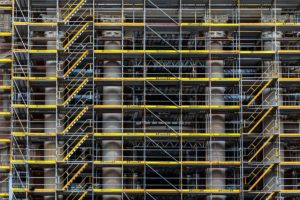
Under the new Service Charge professional statement, RICS members and regulated firms must comply with the following mandatory requirements:
All expenditure that the owner and manager seek to recover must be in accordance with the terms of the lease.
Owners and managers must seek to recover no more than 100% of the proper and actual costs of the provision or supply of the services.
Owners and managers must ensure that service charge budgets, including appropriate explanatory commentary, are issued annually to all tenants.
Owners and managers must ensure that an approved set of service charge accounts showing a true and accurate record of the actual expenditure constituting the service charge are provided annually to all tenants.
Owners and managers must ensure that a service charge apportionment matrix for their property is provided annually to all tenants.
Service charge monies (including reserve and sinking funds) must be held in one or more discrete (or virtual) bank accounts.
Interest earned on service charge accounts — or where separate accounts per property are not operated, a proper and reasonable amount of interest calculated on normal commercial rates — must be credited to the service charge account after appropriate deductions have been made.
Where acting on behalf of a tenant, practitioners must advise their clients that if a dispute exists any service charge payment withheld by the tenant should reflect only the actual sums in dispute.
When acting on behalf of a landlord, practitioners must advise their clients that following resolution of a dispute, any service charge that has been raised incorrectly should be adjusted to reflect the error without undue delay.

One important point to note is that the new Statement cannot override lease terms. However, it is advised that service charge provisions must be laid out and considered in conjunction with the statement, in order to help identify the best interpretation of the lease, and to ensure compliance as far as possible. Failure to do so would be taken into consideration in the event of a dispute between tenant and landlord.

It is hoped that the new Statement will continue to improve the standard of delivery in landlord services and provide accountability for spending what is effectively tenants’ money.
In the main managing agents and landlords already abide by the principles of the existing code, but naturally, there are many instances where best practice has been ignored, in some cases to extreme degrees. Such behaviour is, of course, unacceptable and it is moments such as these that RICS are looking to significantly reduce, not to mention improving procedures and landlord/tenant relationships across the board.
What should landlords be doing to ensure they are compliant?
Tenants are likely to be better informed of their rights in relation to service charges incurred and more confident in service charge disputes with landlords. Therefore in the build up to 1 April 2019, landlords should ensure that they are able to meet the mandatory requirements set out above.
It will also be interesting to consider the effect on lease renewal proceedings under the Landlord and Tenant Act 1954 and whether tenants’ increasingly request to modernise the service charge arrangements in a renewal lease, in line with the professional statement.
The RICS will also take account of the professional statement when deciding if a RICS member has acted with reasonable competence during disciplinary proceedings and it is likely to be referred to during professional negligence claims against surveyors

JASON ANTILL BSc (Hons) MRICS DipNDEA
Director
M: +44 (0) 7855 520 223
E: jason.antill@presurveyors.co.uk
Chairman of https://www.obrems.co.uk
PA & Account Manager: rebecca.heyburn@presurveyors.co.uk
Multi-Disciplinary Chartered Surveyors
London: +44 (0) 20 7233 6688
Croydon: +44 (0) 20 8406 3000
Bristol: +44 (0) 1172 39 9303
#PropSail2019, 65 PropSailers, 15 boats, over 1 day , 3 back to back races!
What a fantastic few days team PRE had at PropSail 2019 at The Royal London Yacht Club in Cowes, Isle of Wight.
For the second year running, PRE are proud to be the one of the main sponsors of this fantastic property networking event which is open to all abilities.
After some heavy competition PRE came very close to 3rd. Conditions were perfect with south to southwesterly winds 10-15 knots. A big improvement on last years whether which was canceled due to lack of winds.
PRE are already looking forward to #propsail2020 3rd year, with a view to even winning!

The following day 35 PropSailers jumped onto Rigid Inflatable Boats (RIB’s) and headed up the west coast of the Island past Yarmouth, to The Hut in Colwell Bay for lunch.

RESULTS
Rapleys (1st) overall winners of the J70 Regatta, skippered by Nick Hornby of Investra (won two, second once)
but a close call withAvison Young (2nd), skippered by Ivor McNamara of Avison Young (won one, second twice)
and closely chased down by Veritas (3rd) skippered by Seb McKenzie Wilson of Vigilance Properties & PRE Surveyors skippered by their very own Jason Antill, crewed by Matt McGettigan , Claud Baker and Louise Burney.

1st CMC, skippered by Mike Wood (CMC)
2nd Coyote’s training day paid off, skippered by Steve Murphy (Coyote)
3rd Malcolm Hollis, skippered by Lawrence Sly (AIA)
Charity – LandAid (over £1K raised from the event)

THANK YOU TO THE PROPSAIL COMMITTEE & THE ROYAL LONDON YACHT CLUB TEAM FOR AN WELL ORGANISED EVENT!
The Burning Issue… Considerations for Property Professionals in Respect of Fire Safety to Assets.
Its important for property professionals and clients to be aware of fire safety to assets, especially in light of recent events such as Grenfell. Although, Grenfell is only a recent example, we should not forget that there have been several significant disasters that have occurred over the decades, such as Lakanal House (South East London, 2009), Ronan Point (East End London, 1968), Commercial Court (2018) amongst many others; in the UK and beyond. I guess you could say even back as far as The Great Fire of London 1212!
Legislation
For property professionals, grey areas are often encountered through legislation and available guidance. Having recently attended RICS Building Surveying Conference 2019, it was explained that misunderstanding of the Building Regulations is a common cause of fault. Approved Document B (AD B) was amended recently (in 2018), to clarify and reduce the complexity of fire safety guidance in the Building Regulations following the recommendations made by Dame Judith Hackitt.
Following the Grenfell tower fire, a particular focus of the amended AD B relates to building cladding systems. It is understood that Grenfell and Larkanal Houses had an Aluminium Composite Material (ACM) rainscreen cladding, which tragically enabled the spread of fire up the building. So what is ACM and why do we need to be aware of the impacts that ACM can have on a buildings fire integrity?
 Number of private residential blocks over 18m high with ACM
Number of private residential blocks over 18m high with ACM
Image & data courtesy of Property Week – August 2018
ACM is essentially two skins of aluminium bonded either side of a core of material such as polyethylene (PE), polyurethane (PUR), profiled metal or a mineral core. It is understood that ACM can delaminate during a blaze and therefore exposing the core material, which in some cases can be ‘more flammable’ compared to other core material alternatives, and in Grenfell’s case, the core contributed to the acceleration and spread of fire up the outside of the tower with fatal consequences.
We must however remember that it’s not just the most recent AD B amendments that one needs to be aware of. Other key pieces of legislation that needs to be considered and aware of can include; The Regulatory Reform Order 2005, British Standard BS: 9999, Approved Document 7 and Building Regulations to name a few.
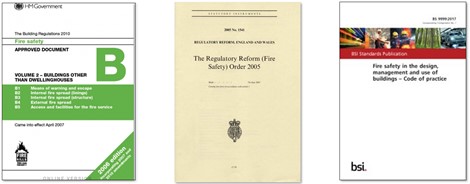
Building Surveys
Here at PRE, we know that each property we survey should assessed holistically and in entirety in order to fully understand how all the fire engineering principles work together, as opposed to in isolation. The sensible starting point prior to our site surveys is to identify the fire strategy for the property followed by the establishment of fire detection and warning systems.
For high-rise residential properties in particular, this may involve an ‘evacuation’ or ‘stay put’ policy, the latter of which has seen huge scrutiny following Grenfell. Although as we know, other deficiencies (such as cladding mentioned above), could be considered to have compromised this policy, which is why it is important to assess holistically, as mentioned. As we approach an era where ‘vertical village living’ may become more popular (especially with the demand for housing), its important that fire strategy is carefully considered.
A Building Surveyor should also have a good understanding of the occupation densities, protected means of escape, emergency lighting and signage for the property they are inspecting.
In line with AD B, the height of the building should be assessed to establish whether it is more than 18 metres in height and whether the building is clad with any combustible material, such as rainscreen cladding (which may be able to be identified upon review of the as built documentation). In some cases, the suspected cladding may require testing if any information is not available. An interesting question was raised during this year’s RICS Building Surveying Conference, as to why the definition is limited to 18m at such a time when fire safety is paramount, a definitive answer was not available at the time.
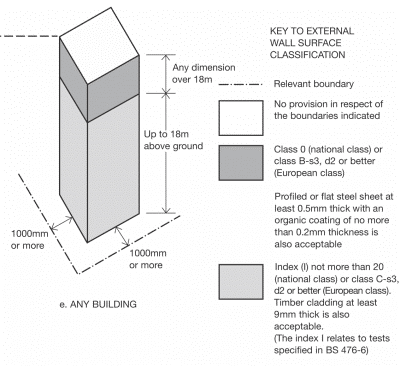
Fire Risk Assessments
Fire Risk Assessments (FRAs), can sometimes be a good source of pre-survey information, although we often find that the quality of FRA’s can be poor. As part of our survey due diligence here at PRE, we interrogate the quality of FRA’s, because after all this is a significant for the safety of people and property. We also concern ourselves in relation to whether raised FRA items have been closed out, or are they being addressed? How often is the assessment reviewed? Unfortunately, industry fire experts have reported that fire safety checks have declined which brings unease, but it is important that the deficiencies are flagged up and any further recommendations made (and justified by specialists if necessary).
The general view at this year’s RICS Building Surveying Conference was that there is a huge need for FRA’s to be qualified across the industry in the very near future in order to improve FRA quality, in a way similar to that which was implemented for the International Property Measurement Standards (IPMS), if you will. RICS are also looking forward and intend to review the Fire Safety competency would will be reportedly assessed to a new level (level 4), which should help industry professionals.
Other documentation we may be able to assess may include any building control certification(s), firefighting systems and equipment test certification, compartmentation surveys, testing of as built elements and any third party installation accreditation. Of course, it is paramount that surveyors validate the data room information when the time comes to carry out the site inspection.
Thinking and Surveying Holistically
Some key considerations here are Passive Fire Protection (PFP) and Active Fire Protection (AFP)
The purpose of PFP is to compartmentalise a property through fire resistance rated floors and walls in order to prevent/ hinder a blaze spreading quickly, which may enable time for evacuation. Examples may consist of dampers, fire doors, fire walls/ floors.

PFP – Fire Dampers & Ablative Coated Batt
On the other hand, AFP is commonly known as a group of systems that require a level of action to work during a fire, either manually (e.g. fire extinguisher) or automatically (e.g. sprinklers).

AFP – Fire Alarm Control Panel
It is absolutely essential that active and passive systems work together. It is therefore very important that surveys investigate in as much detail as possible, especially within areas where fire spread could accelerate in particular, for example, raised access floors, ceiling voids, plant rooms and risers.
The surveyor should be familiar with fire stopping methods such as fire collars, sleeves, batts and the like. Is there any evidence to suggest that protection has been installed correctly and are they certified (if necessary)? It may be necessary for opening up investigations to be undertaken, for example to assess cavity barriers behind rainscreen cladding. Fire stopping quality assurance should be considered, in some cases it may be recommended that third party certification is sought.
Whilst most issues during the construction/ development of a building may be observed by the Clerk of Works (if there is one!), standards often slip later on during the building lifecycle when works are undertaken by Landlords and Tenants.
In our experience disturbed, inadequate or no fire stopping is often identified where new installations are carried out, which obviously does not provide the necessary levels of protection and should be reported back to the property manager or client for resolution.

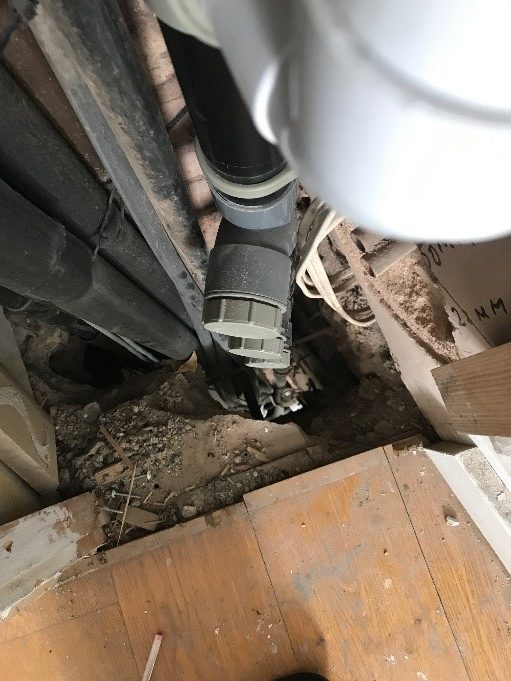
Missing fire stopping through floor slab within service riser.
Its important to remember that Building Surveyors are not Fire Engineers, however it is essential that a Building Surveyors report provides a sound understanding of fire safety arrangements, responsibilities and how a property may prevent or limit fire spread, and if need be, advise/ recommend for further specialist advice to be sought.
If you are looking for building surveying or professional property advice, then please do get in touch with the team here at PRE on; +44 (0) 208 406 3000 or email; croydon@presurveyors.co.uk
